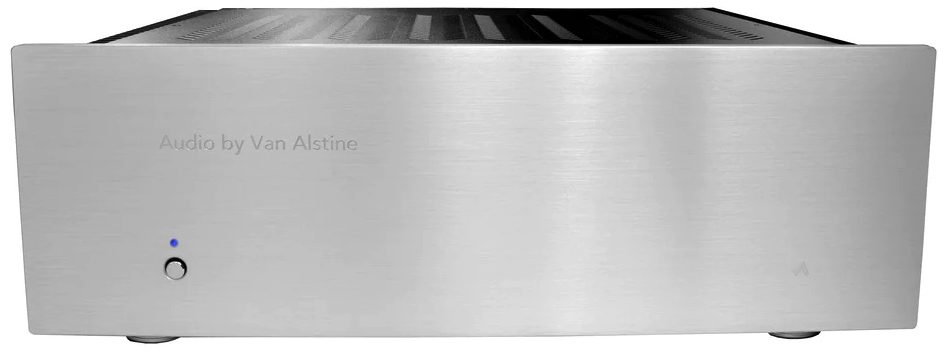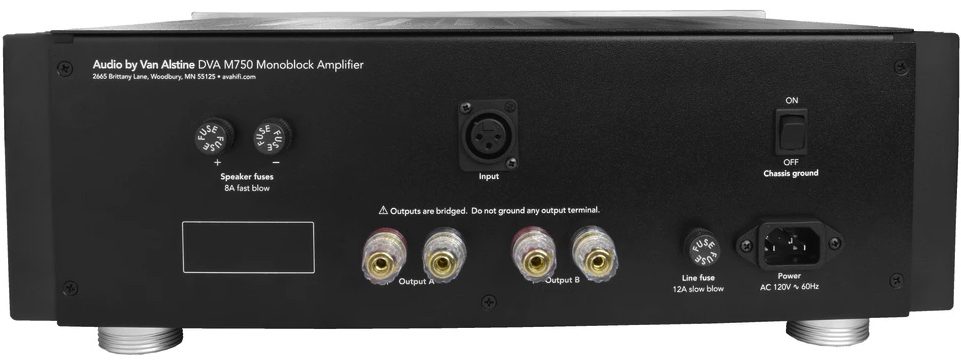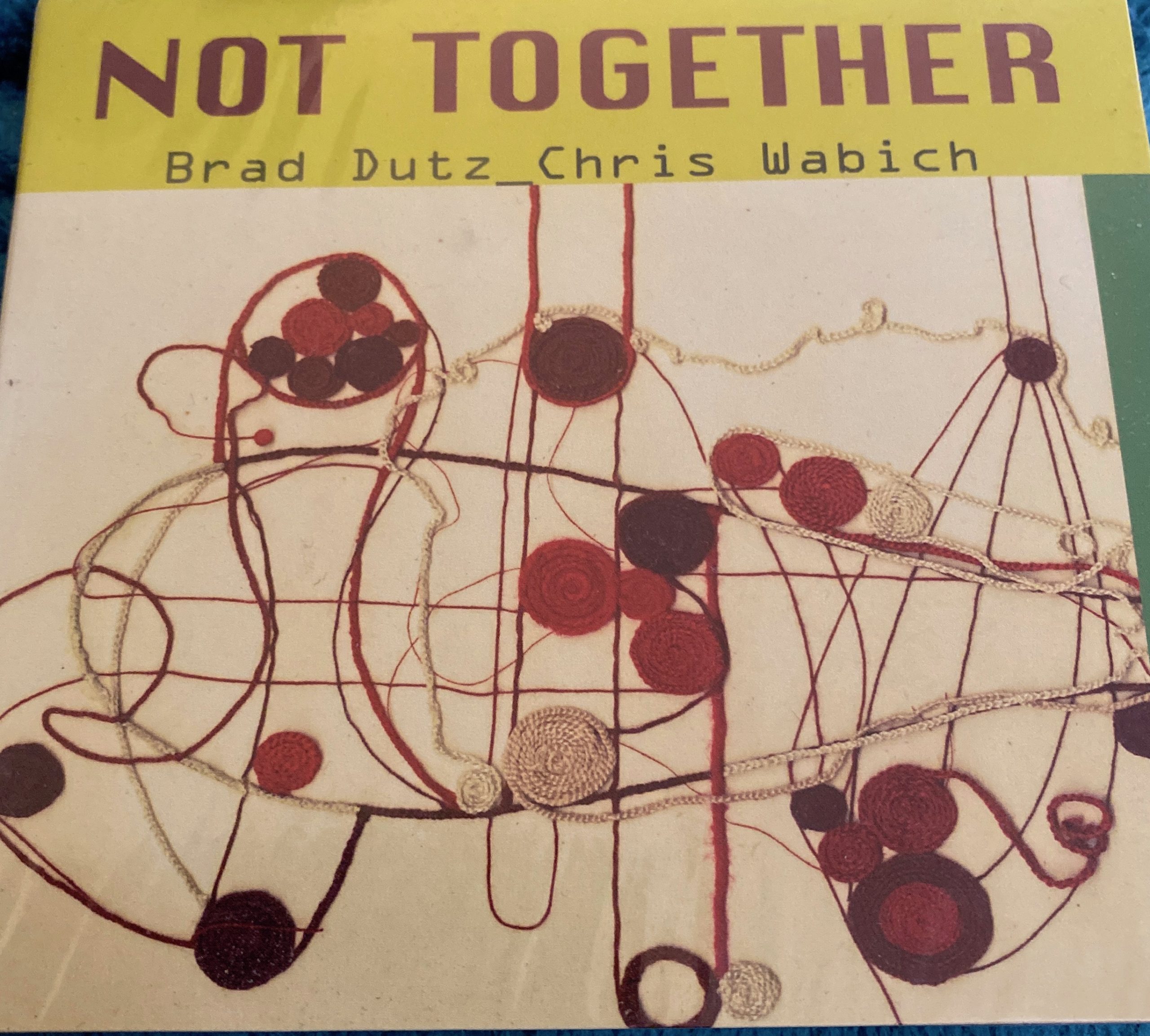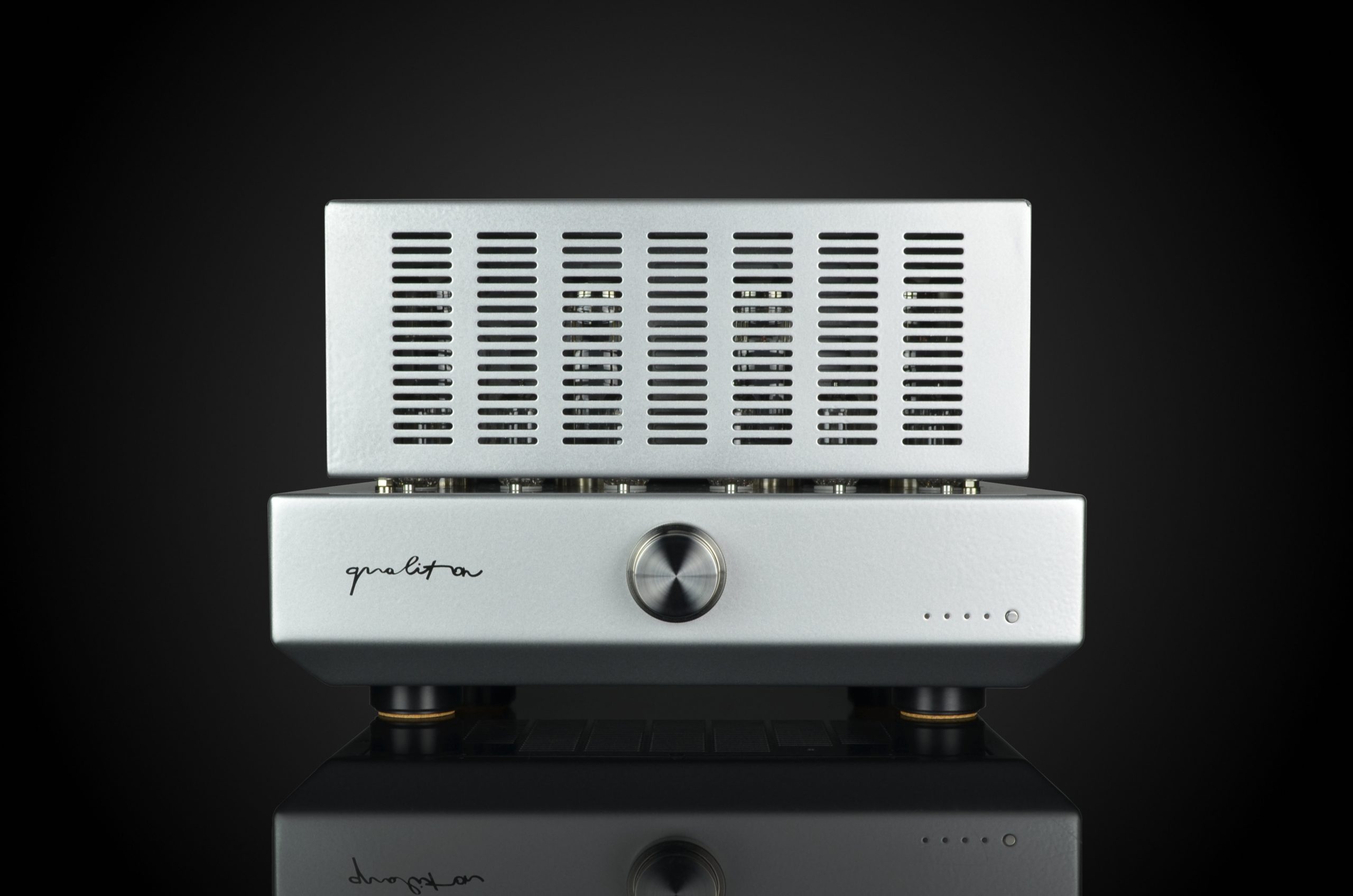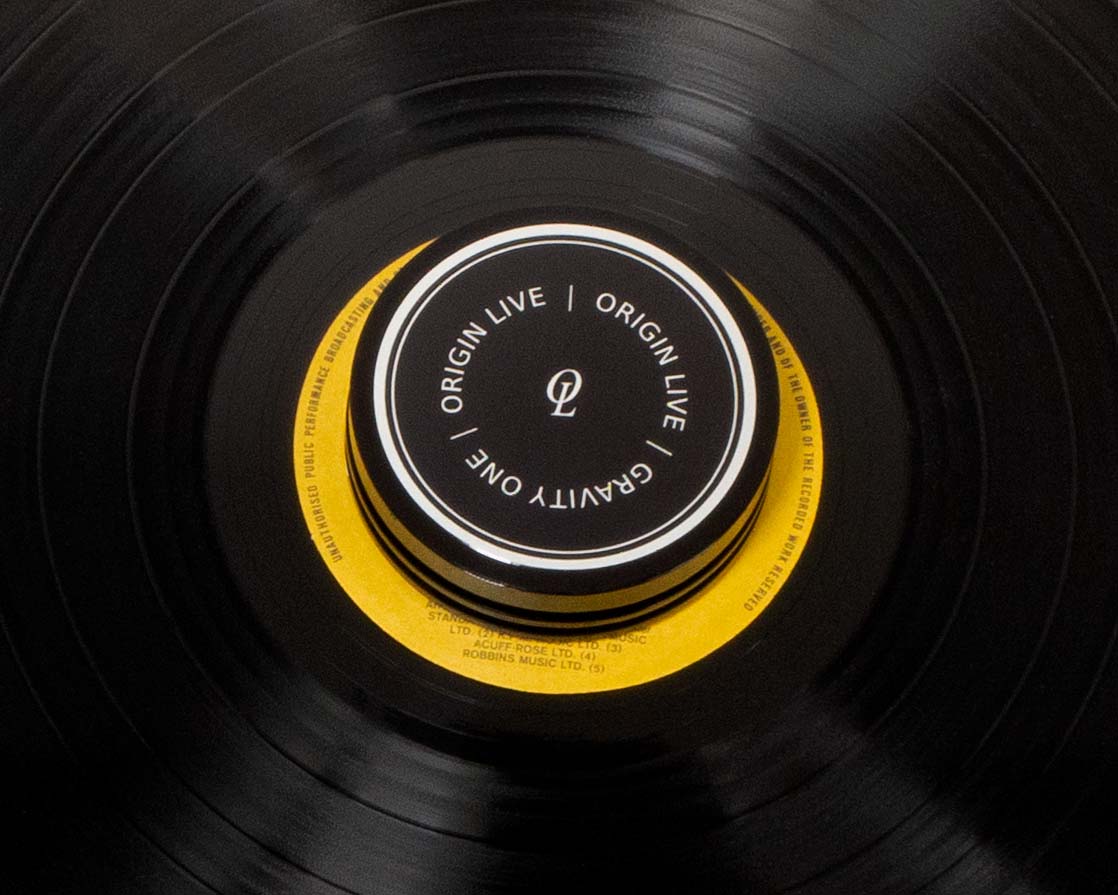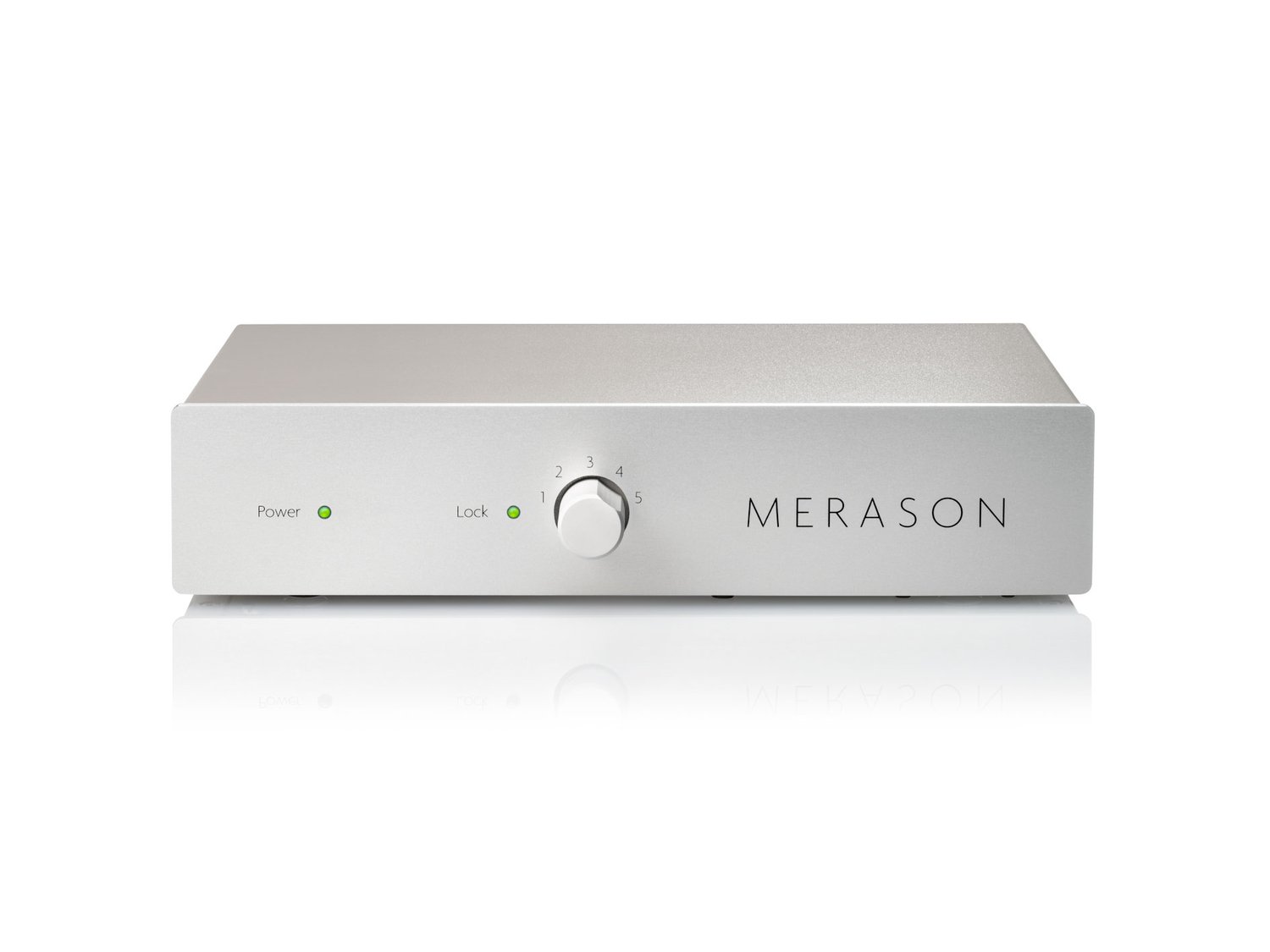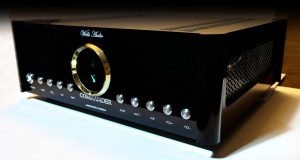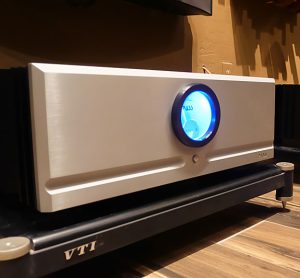Audio by Van Alstine ("AVA") is a familiar name to long toothed audiophiles, but maybe not so much for newer audiophiles. Fifty plus years ago Frank Van Alstine founded AVA, building a reputation for good sounding, high value products. AVA started selling direct to consumers when that was called "mail order." I thought to describe what a rough and tumble adventure mail order audio was for consumers in general, and perhaps difficult for AVA in particular. If you weren't around for mail order back then, you can hardly imagine the travails both sides might encounter compared to modern "direct sales" environment. I would say only the adventurous, brave and determined sought out gear this way. Buyers and sellers were much more fearful frenemies than cordially related, though that's just my sense.
Direct sales as a model positioned AVA at the "affordable" end of the market, i.e. "I'll cut my costs (intermediate sales reps and larger advertising budgets) to cut your purchase price," thus raising the possibility of affordable high end sound. And everyone knows what affordable is now, right? Ha! In the 1970s maybe, but with darTZeel's NHB-468 monoblocks available at only US$235,000, TechDAS's turntables at $500,000, and, well our landscape is littered with golden priced objects that are valued by a rarefied crowd.
AVA offers nearly everything you'd need to create a complete two channel system. Their products start at $379 for their entry level DAC and top out with this review's mono blocks at $2799 (each). Yes, we're in far more affordable territory than darTZeel. For many hobbyists an all AVA livery of products is achievable. Speakers? Turntables? Cables? Nope, none of those are available from AVA. But they do have a well structured inventory of amplifiers, analog and digital preamps, DACs, and phono stages that are well within reach of people with the interest and ability to save at a regular working wage.
All products are designed and assembled in the US. Frank offers, "we design so our products just won't break. The best warranty is the one you never have to use." Exactly! All Audio by Van Alstine products arrive on your doorstep having passed a listening test by experienced personnel. Returns are available for thirty days on a genuine "satisfaction guaranteed." In case you do need support, a three year, transferable warranty is yours. AVA is not a totally throwback entity, it has evolved to include current ideas.
Image Courtesy of Audio by Van Alstine
Keeping with the somewhat understated aesthetics, Frank also does not invoke magical properties to achieve what he does. Frank dismisses fancy cables and power cords, though he does choose balanced/differential circuits. If you don't have a balanced preamp, Frank offers a "DVA R2X single-ended to differential converter," which takes one stereo pair of RCA input jacks and a stereo pair of XLR output jacks and doubles the gain, thus one volt of input yields two volts of output (more HERE). AVA uses opamps to convert single-ended circuits to balanced for his amplifiers to work their best. I'll agree no particular cable is the sine qua non of good sound, on the other hand, I do find that the right cable can make a system sing.
Image courtesy of Audio by Van Alstine
Initially I was interested in the DVA M225, which has received a lot of praise online and in print. Delivering 225 watts into 8 Ohms and even more into 4 Ohms, that would have been my idea of a great fit for my 8 Ohm Gamut speakers. And, $2799 per mono block is in my realm. Instead, Frank asked if I'd be interested in his M750s. In some circles more power is great though some others think the less power the better. Hmmm. I am agnostic about which is "better" here, and will offer my opinion on a case by case basis. And, my experience of audio is that it's a bit of a safari and you don't know what you'll find in the wild, or your system, so eyes (ears) open and onward.
Build Quality and Design
The faceplate is 10mm thick silver anodized aluminum. And, while the costs are reasonable (or is it sensible?) the build quality is professional and something you could show with pride to knowing audiophiles without excuse. Will it elicit the same response as Pass Labs, Absolare, or Dartzeel? Probably not, though you are paying a premium for the aesthetic those companies aim for.
From Audio by Van Alstine's website:
- The M750 is a balanced, differential amplifier based on AVA's Single Ended Transistor (SET) voltage amplifier design.
- It features a simple but amazingly effective bipolar transistor front end followed by a very fast and rugged power MOSFET current amplifier section.
- The amp is Class AB but operates as Class A at normal listening levels.
- Eight double-die MOSFET output transistors handle difficult speaker loads (4 Ohm loads and up).
- Bandwidth is flat from 3Hz to 70kHz.
"The combination of our design ideas along with our new chassis allows the amplifier to run cooler, last longer, and be amazingly fault tolerant. The DVA M750 has an oversized, high-capacity toroidal power transformer whose output is voltage regulated to provide incredible dynamic range, bass extension, transient detail, and air. All the power supply parts are selected for long life and reliability and operate well within their technical specification ratings.
"The DVA M750 has regulated power supplies for all areas of the amplifier including the output transistors, which provides unequaled bass control and micro dynamics. There are no unregulated power supplies—anywhere!"
I lack the technical knowledge to scrutinize those statements, and so report those as provided on AVA's website. I have no reason to disbelieve anything said, but experientially, reason to believe several of those claims. I found their website, company, and products to be "as they claim," and suggest perhaps you could, too.
Audio by Van Alstine Aspirations
1) The amp is designed to accurately preserve all the energy of a live listening experience.
2) The DVA M750 is for those that want the ultimate in amplifier headroom.
3) The amp can be comfortably paired with any 8 Ohm or 4 Ohm speaker, including speakers demanding a LOT of power.
4) Emphasis is placed to feature great dynamic range, definition, and transparency "while maintaining the nuances and details of the original music recording.
Amplifiers
I prefer a detailed but laid back sound that invites careful listening where nuance is rewarded rather than a forward in your face presentation one survives. Some like a hyper detailed presentation that makes music obvious, like a series of answers, rather than interesting questions to consider. Some brands, expensive and inexpensive alike, with lots of detail are like sleeping on a bed of nails—providing neither enjoyment nor relaxation. For me, music, like food, is an experience of the whole supported by a balance of subtly presented ingredients, e.g. detail with nuance, tone and timbre presented evenly rather than spotlit and heated up.
I have enjoyed, maybe have been enthralled with, Pass Labs' XA30.8 class A amplifier. It's very good. It can and may be be a destination amplifier for many. And, yet, it is but one of many excellent amplifiers in the marketplace. And, it has a sound. It is sweet, maybe nicer than true but in my system, it sounds a lot like music.
Start Your Engines
Some people argue there is a sound to certain parts, e.g. all Sabre DACs sound one way and AKM another. Personally, I don't believe that a single part overrides the rest of the parts. Perhaps, instead designers pick parts that fit their sonic aspirations. The M750 and others in AVA's stable, use a lateral MOSFET from Exicon. Nagra, Job (related to Goldmund of Switzerland), Kinki Studio, and Nuprime are amongst many others that use that MOSFET. My experience, hearing those brands primarily at shows, is that those brands tend to be "top down" signatures, i.e. their treble performance is the first really noticeable attribute. I'm not saying bright, I'm saying the extension is noticeably done right.
Descriptors like "top down" and "bottom up" are enticing descriptors which suggest more than they really communicate. I'm not sure what they really mean, but since I've foolishly used one of those terms, I'll try to describe what they mean to me. Krell and Bryston amplifiers, at one time, tended to be "bottom up" signatures, which is to say that I first notice their bass reproduction, without noticing whether the treble region is well done. Nagra, Kinki and Nuforce might find the descriptor that their treble response is most notable, and their bass regions, not so noticeable. Neither lacks for what you don't notice, it's just that it's not noticeable.
The M750s did not exhibit Krell bass. They didn't exhibit Nagra treble. My initial impression of the M750s was that they were remarkably clean and clear sounding. The sound was well balanced without sounding neutered. I experienced a good range of tonal color, it was, however, not as warm in its midrange as I've preferred. It seems to me that such warmth woos me and other listeners. With prejudice in hand, and under view, I commenced the review which was difficult for me to describe—the summarization of my experience is months after return of the amplifiers. All of my notes and experience were created contemporaneous with my listening. So, let's dig into my notes.
Although I listened to a wide variety of music over two months, I kept close notes on a few albums and songs, swapping between my reference amp and the AVA monsters.
Following are the songs I tracked.
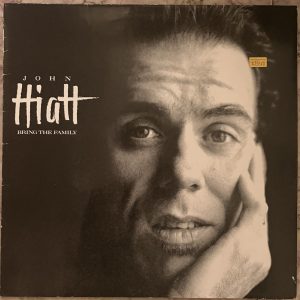
My pressing is a bit lean with bowling alley depth and width, which is to say not much width. Overall the balance was tonally a bit lean and zingy with the Pass. But it was thoroughly enjoyable. The AVA was slightly more zingy and yet a little bit more "real" sounding in its aliveness.
"Alone in the Dark"
The Pass showed this track to be an echo-y recording, midrange-centric, but a fun song. The AVA was also lean, echo-y, midrange-centric but slightly more tilted up from the midrange up than the Pass. Also fun, and to some odd extent, more rock and roll-ish than my reference. The AVA sounded more real and maybe more fun.
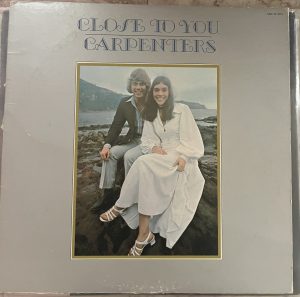
"Close to You"
This is not an audiophile recording, but gave a nice rendering of underlying emotion. Not an imaging or soundstaging monster, but is that the point here? No, I experienced musical engagement with a beautiful voice from the emotionally repressed 1970s. Still, emotion burbled up underneath the formality of the time and Richard Carpenter's arrangements. The Pass was a beautiful experience and reminds me why The Carpenters were so popular. The AVA provided a greater immediacy, which might be read as brighter/leaner, but the realism, including truth of timbre was perhaps better. Male backing vocals have a bit deeper resonance with the AVA. Perhaps Karen's voice was a bit warmer—which surprised me—with the AVA but they're both really enjoyable sounding.
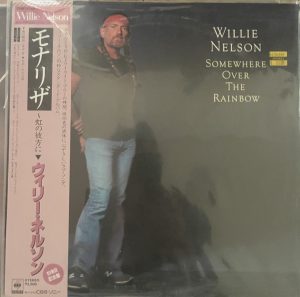
"Mona Lisa"
Taking away some crashing sounds and adding a more mellow tone was Willie Nelson's "Mona Lisa." This is a very realistic recording and thoroughly enjoyable. The acoustic seemed perhaps over damped with the Pass, but there was a good sense of the slight grit of his distinct, weak but oh so human voice. His guitar has a distinct timbre, with excellent start, stop, and decay. Again, the AVA was a bit leaner in the midrange with a bit more vibrancy than the Pass.

"Bird on a Wire"
This is a recording to have a realistic sense of a live performance. I'm not a fan of Johnny Cash—send hate mail if you need to—but the guy was propped up on a stool between my speakers and that's its own attraction. The Pass made the spare recording very realistic. Cash brings funereal emotions, surely heartfelt, but, not what I usually want from a recording. But, both the Pass and the AVA delivered the goods. The AVA, to my surprise, was the slightly more enjoyable presentation, maybe accentuation of attack and decay made up for Cash's grave tone. My notes say the AVA delivered more gravitas than with the Pass, but the Pass made this recording seem more like a downer to listen to (consistent with why I'm not a fan of his records). My notes suggest that the difference might be because the Pass's slightly lesser vocal articulation was just a wee bit less clear.
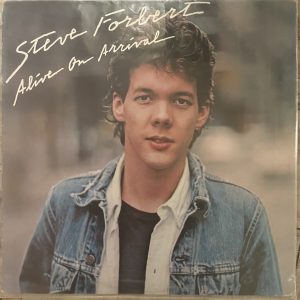
"Goin' Down to Laurel"
I've been playing this LP for at least forty years because it has all the fun that escapes Johnny Cash. Insightful lyrics from an acoustic guitar player? Both have it, one singer is in the dumps the other, younger, happier and more optimistic. This recording has some electric bass which is taut, as you'd hope. Where Cash's dungeon vocals crash the party, Forbert's whimsical vocals are slightly wispy and realistic, conveying the impishness of a young person. The Pass is less detailed, a bit warmer and softer, less defined and perhaps a bit less dynamic. The "recorded venue" seems just a bit smaller with the Pass.
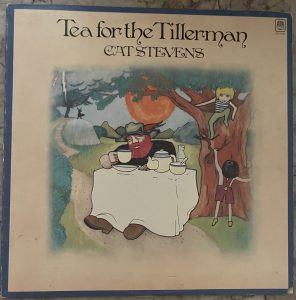
"Longer Boats"
With the AVA, the guitar strings are full bodied and warm, but not overly warm vocals. Emotionally communicative. Pass, again a bit softer, perhaps a bit richer in tone. A bit heavier sound. And more familiar. Less demanding listening and less exciting with the Pass.
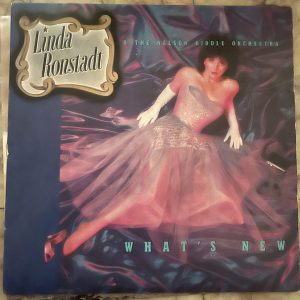
"What's New"
With the Pass, this recording was beautiful, quiet, and tonally rich. A pleasure, even if it's also a somber song, more like a dessert you want to swallow than Cash's ashtray performance. As she holds notes powerfully and at full throat, not quite crossing the border of hot. String tonality is beautiful. AVA, slightly more vibrant, tonality nearly the equal, but changed a bit because of the greater dynamic swings the 750 provides. Full throat not crossing on to the border of hot. Really wonderful. Strings, on a slightly hot recording were not rosin on bow, so much as on the edge of the sound of a horn. Just lovely, very lovely.
As you should note, I did not choose audiophile pressings. Most of my collection is not 180g or remastered. I believe how a component sounds should be judged based on normal circumstances, and the bulk of my catalog, not cherry picking recordings that may well sound terrific on low res systems.
If you count up the tracks above with "wins" for one over the other, the score tilts for the AVA. If you refer back to AVA's intentions, numbers 1-4, my experience is the M750 delivered on all of that. In particular I found the representations, and my comments in the above musical summaries, to match very well with item one, aliveness, in particular. There was a lot of jump to the music, but not at the cost of being "hot" sounding. I think some of the aliveness and "jump" do describe excellent headroom.
My Gamut speakers are an 8 Ohm load, but drop to slightly below 3 Ohms around 200Hz, this should present a challenge to AVA's claim of the amplifier's suitability for lots of 8 and 4 Ohm speakers, if not every such speaker. Dynamics were well proportioned, and I deduce that based on the "aliveness" I report in the tracks above, the M750 had the needed drive. The dynamics, however, were not exaggerated. The performance does not conjure up Krellian bass added to every speaker, nor rounding off of a tube amplifier treble, nor was the midrange forward, in your lap. The amp's character seemed to be of a piece and not exaggerated or volume dependent. I really used only one speaker in this test, so your mileage may vary, though I'd be surprised if your experience was much different. I whole heartedly found the amplifier to not place too much of a fingerprint on the music.
Music was quite alive. Often that aliveness comes because gear that can move quickly, leaves behind some of the mass/fiber/body of music, i.e. dynamic while at the cost of thinning tone and timbre. That was not so with the M750s, as transients did not render sustains leaner sounding, and that held true into the lower bass regions. Treble extension did not become etched or harsh, as can happen. How I'd characterize the experience and presentation is one of aplomb. What it did dynamically was what it showed with sustained tone.
At no point did either amplifier sound less than enjoyable, and both sounded quite amazing and yet different. The Pass is more in my comfort zone, a familiar sound. It's laid back, slightly warm, though a bit leaner than what might be anticipated from tube amplification. Tubes are wonderful, and I may return to them some day, but not today.
And here is where I've struggled. When I first plugged in the M750, its tone and timbre were not as rich and voluptuous as I tend to prefer. There seemed to be less meat on the bone, and I anticipated that the presentation would end up lean, bright, and thin, all of which culminate to my taste as unforgiving and unmusical. It was very hard for me to let go of my worry that the next LP or CD would unleash the nastiness I figured just had not shown up yet.
To push the point, I thought to bring in a speaker that was leaner and brighter than my own—my dad's JBL Athena 99s. My dad, despite avidly playing acoustic instruments for more than seventy years and having both perfect pitch and preferring other speakers, bought these speakers. His rationale? JBLs (not these) were used in recording studios and he distrusted his ears when it came to choosing a speaker. (WHAT?) Hmm. The mids and treble on these speakers, to me, are lean, almost tinny. Would they exacerbate the misery? The Minnesota amps did not make matters worse, though they did not have the warmth of Pass's excellent XA30.8. While I preferred the Pass on these speakers, I preferred not listening to the speakers even more.
Rather than a zaftig body (stereotype of a vintage tube amplifier) compared to a striated body builder (clean and too lean solid-state amplifier), the difference between the Pass and the AVA was more like the body of a very well conditioned competitive athlete versus a middle distance Olympic athlete, which is to say very close but not the same. There was just a bit more musical wiggle room in the former.
If I were to read these impressions of the AVA M750 mono blocks before actually listening to them, I would be disinclined to review them. I'd also expect to not enjoy their presentation. They are not the presentation I usually seek out. I would also say they're slightly more intense sounding than the Pass amplifier. Intense sounds, as I use that term, are often coupled to a hot sounding component. These attributes would, I expect beforehand, to be three strikes in my world. Many of those attributes, perhaps all of them, disincline nuance and subtlety (versus a clear signature). This review helped underline to me that nuanced dynamics are far more important to me than a hammer hitting presentation.
I could see living easily and happily with these amplifiers, perhaps more happily than with my current reference amplifier. Sometimes excellent gear unsettles me, and the M750s certainly did, asking questions about my assumptions. Initially, I thought my review period would be on the shorter end of things, but I grew to appreciate and really enjoy what might be called an argument for a different presentation, one I'd previously disagreed with.
The fit and finish is quite good, if not audio jewelry. I prefer an understated visual presentation, if I have a choice, which describes the AVA M750s. While nearly all aspects of the amplifiers were robust, one of the five-way speaker binding posts spun when tightening spades. There were no electrical or other performance issues from that, however. The speaker cables did not come loose, so "no harm, no foul" and it's a minor issue that may have arisen while in transit. I'm not sure it's a problem, but mentioning that is required.
Conclusion
Audio by Van Alstine's M750 mono blocks are a relative bargain for their performance level. They never got hot while I used them—leading me to believe they'll have a longer operational life than hotter running gear—and have a compelling presentation that I did not find to be too much, just different. Despite being very dynamic, the pair were well mannered, as in a welcome guest in the house, that always sounded musical, a presentation which I found engaged me with my music rather than calling my attention to it. Though their price is hardly entry level, their performance is very, very good. Very highly recommended.
M750 Mono Block Amplifiers
Retail: $2799 each
Audio by Van Alstine




